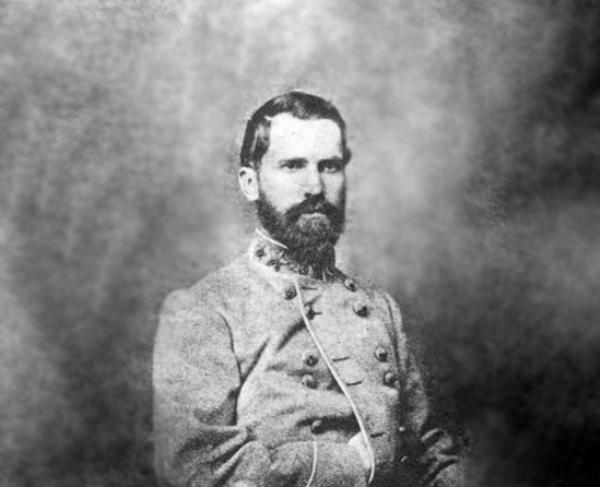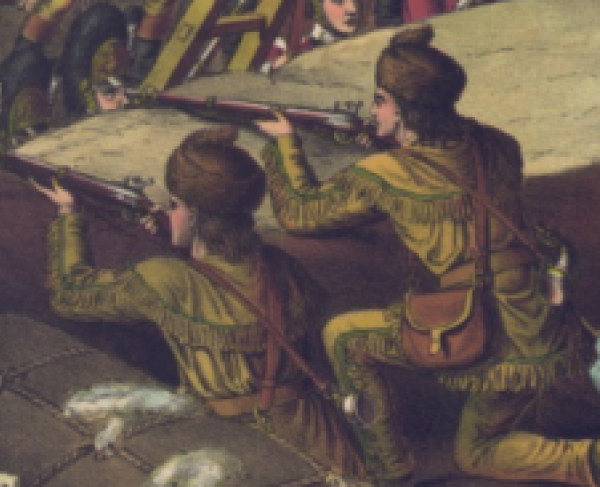Abner Monroe Perrin

In the frantic, bloody fighting at Spotsylvania Court House in 1864, Confederate Brig. Gen. Abner Perrin was said to have exclaimed, “I shall come out of this fight a live major general or a dead brigadier!” His fate was the latter.
Abner Monroe Perrin III was born into a distinguished family in Edgefield District, South Carolina on Feb. 2, 1827. He was named after his grandfather, Captain Abner Perrin, an American Revolution veteran who may have inspired Perrin III to join the United States Army. He volunteered for service in the Mexican-American War (1846-1848) as a 2nd Lieutenant, and later promoted to 1st Lieutenant, in the 12th U.S. Infantry, Company A. By the time his regiment was mustered out of service in July 1848, Perrin had risen to the rank of captain. After the war, he studied law and was admitted to the bar in Columbia, S.C., in 1854. He also married and became the son-in-law of the famous Mexican-American War commander of the Palmetto Regiment, Colonel Pierce Mason Butler.
Perrin joined the Confederate Army on August 10, 1861 as the captain of the 14th Carolina, Company D, which would become known as the “Edgefield Rifles.” This regiment was affixed to Brigadier General Maxcy Gregg’s brigade in Major General A.P. Hill’s "Light Division." Perrin was sent to Virginia in 1862 and participated in all of Gregg’s Brigade’s major engagements, including the Seven Days battles, Cedar Mountain, Second Manassas, Antietam, and Fredericksburg.
On February 20, 1863, he was promoted to colonel and led the 14th South Carolina at the Battle of Chancellorsville. After his superior and successor to Brig. Gen. Gregg, Gen. Samuel McGowan, was wounded at Chancellorsville, Perrin led the brigade at the Battle of Gettysburg and was a part of the Confederate attack that captured Seminary Ridge on July 1st, 1863, the first day of the battle. He was appointed to the rank of brigadier general that September 10th and was given the command of Cadmus Wilcox’s old Alabama brigade in Maj. Gen. Richard H. Anderson’s division of the Third Corps.
Perrin served gallantly at the Battle of the Wilderness, which was followed by the Battle at Spotsylvania Court House, During the brutal fighting at the “Mule Shoe” in the early hours of May 12, 1864, most of Maj. Gen. Edward Johnson’s division was captured and Perrin’s brigade was one of the units from the Third Corps called in as reinforcements. As Perrin was leading his men on horseback through heavy fire, he was shot seven times and killed instantly, falling from his horse.
General Perrin is buried in the Confederate Cemetery in Fredericksburg, Virginia in Section 3, Lot 42.


